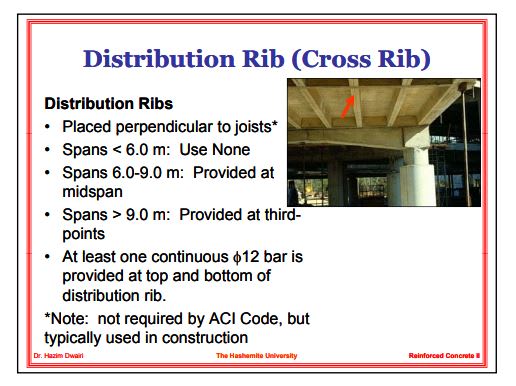Hello,
I am currently investigating the removal of a bridging joist located at the mid span of the joist. The span is roughly 15 ft. and the joists 5" X 10" spaced 25" on center. Looking at current ACI design for one way joist systems I have not encountered any bridging requirement, and the examples I have reviewed are for longer spans and much deeper joists.
I have not worked much with pan joist systems and not sure how and if their design has evolved over the years.
Are these bridging joist critical members or more to assist with load distribution?
I am currently investigating the removal of a bridging joist located at the mid span of the joist. The span is roughly 15 ft. and the joists 5" X 10" spaced 25" on center. Looking at current ACI design for one way joist systems I have not encountered any bridging requirement, and the examples I have reviewed are for longer spans and much deeper joists.
I have not worked much with pan joist systems and not sure how and if their design has evolved over the years.
Are these bridging joist critical members or more to assist with load distribution?

